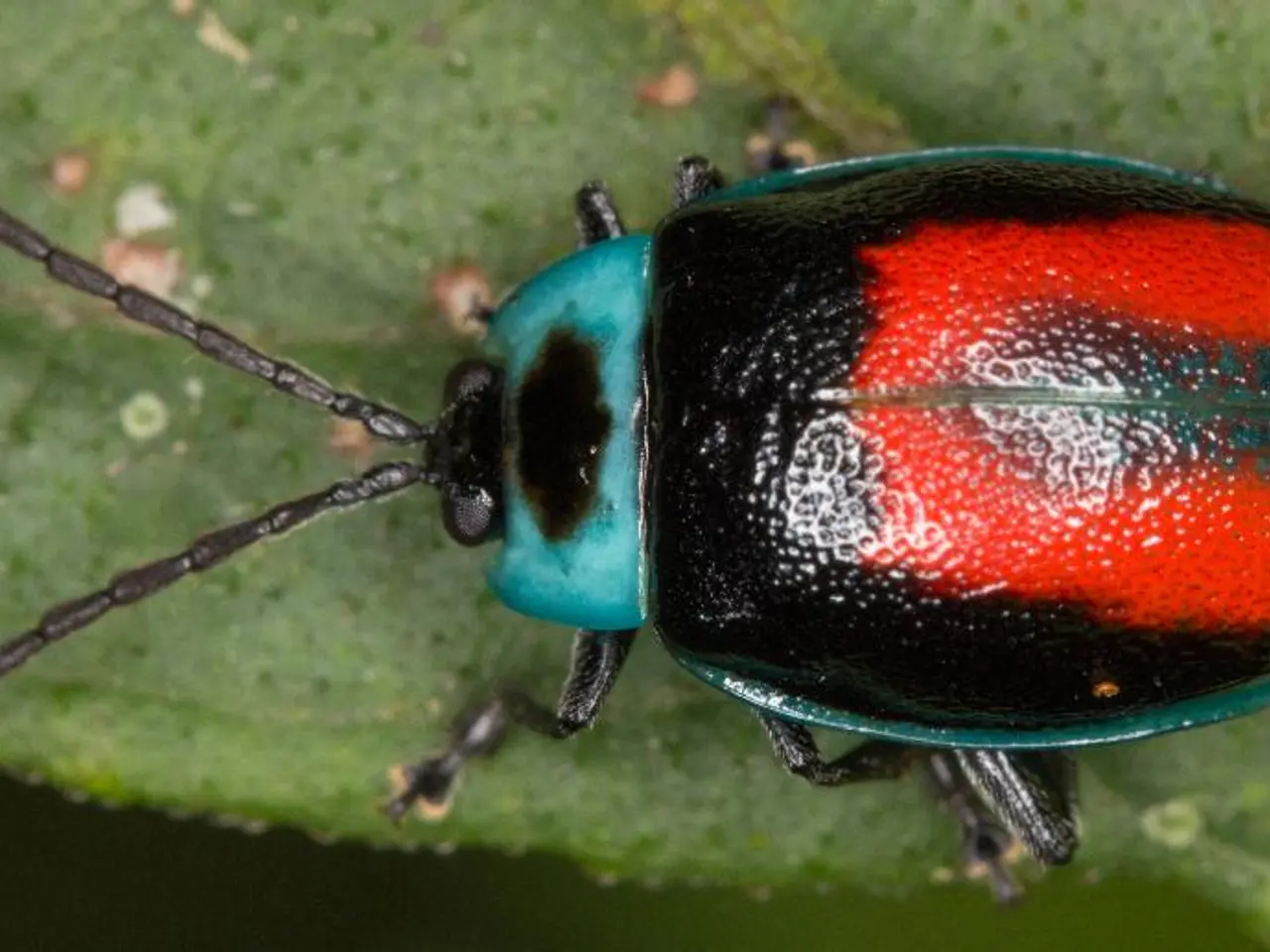Fall Harvest: Exploring Ten Exciting Nuts to Gather in Autumn
Foraging for wild nuts in old cemeteries can be a productive and intriguing activity, offering a unique blend of history, nature, and culinary adventure. These areas, preserved over decades or centuries, often house mature trees that provide a bountiful harvest of nuts.
**Best Wild Nut Trees to Forage**
Some of the most common wild nut-bearing trees include oak trees (acorns), pine trees (pine nuts), and walnut trees. In tropical regions, large trees like the Brazil nut tree are notable, but these typically require pristine forest conditions and are not found in cemeteries.
**Why Old Cemeteries Are Good Foraging Spots**
Old cemeteries are ideal foraging spots because they host mature trees that have been preserved over time, providing a stable habitat for nut trees. The undisturbed nature of these areas allows nut trees to grow to full maturity and produce abundant nuts. Additionally, cemeteries tend to be less trafficked and less developed than other spaces, allowing for natural forest growth and foraging of woodland edibles beneath tree canopies.
**Where to Forage**
Public lands, parks, and historic cemeteries with old tree stands are ideal places to look for wild nut trees. Regions with natural concentrations of nut trees, such as oak and pine forests, are especially productive. In Michigan and similar temperate climates, it is legal to pick nuts like walnuts and other tree fruits on public land as long as the plants are not damaged.
**Additional Tips**
When foraging for wild nuts, it's essential to look for tree species known to produce edible nuts in your region. Pay attention to tree health and signs of nut production in the fall. Utilize microhabitat knowledge to find nuts in shaded woodland areas where these trees thrive.
**Notable Wild Nuts**
- Butternuts, also known as "white walnuts" or "sweet white walnuts", have a mild, sweet nut flavour. They can be identified by their green outer husk and hard inner shell. However, butternut canker has devastated butternut trees, making them less common. - Wild beechnuts can be identified by their unique tri-cornered nuts inside a velcro-like husk. In Farmer Boy, a Little House on the Prairie book, Almonzo goes off into the woods to gather wild beechnuts. - Wild chestnuts have a distinctive pin prickle outer husk surrounding groups of two or three nuts inside. - Wild hazelnuts mature in late August and need to be dried for storage. - Shagbark hickories are a favourite of foragers due to their delicious nuts and bark used as a flavouring.
**In Summary**
Old cemeteries are promising foraging sites for wild nut trees such as oaks (for acorns), pines (for pine nuts), and walnuts, owing to their mature, undisturbed trees and protective environment. Public lands and preserved historic cemeteries in temperate regions, including parts of the U.S. like Michigan, are particularly good places to search. Always forage responsibly and legally, respecting local regulations and the preservation of the area. Wild nuts are abundant and nutrient-dense wild foods that can be harvested for winter enjoyment.
Incorporating edible wild plants into one's lifestyle, foraging for wild nuts from food-and-drink sources like oak, pine, and walnut trees can be a rewarding addition to home-and-garden activities. Not only do old cemeteries host mature trees and offer a unique blend of history and nature, but they also provide a lucrative culinary adventure by means of plentiful nut harvests.




